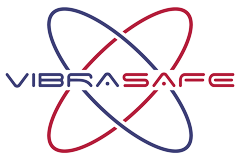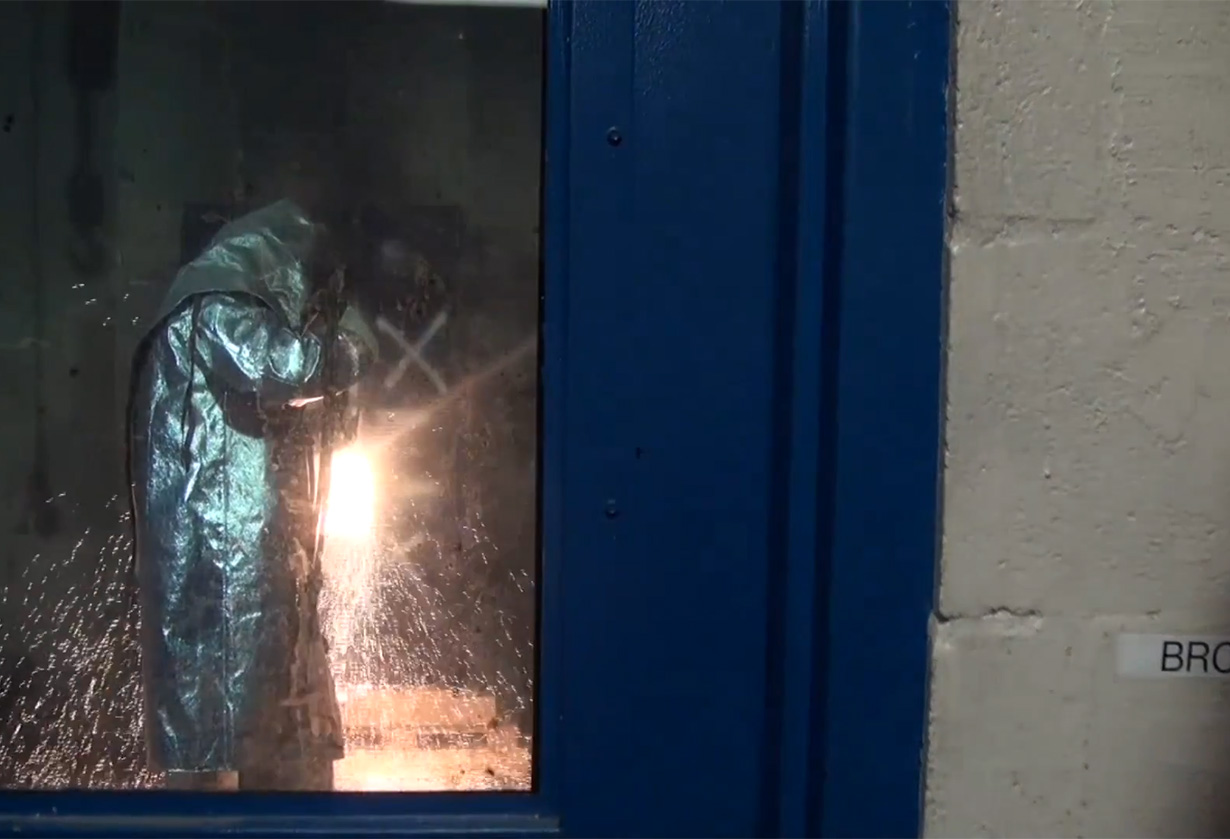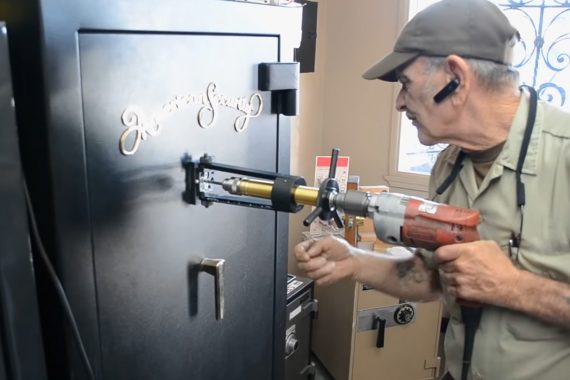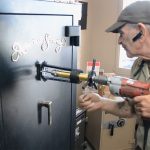There are two main cognitive systems including the certificates & ratings in the container security area worldwide. one of them is widely recognized in North America and some other countries. you can find the terms below which are used to describe the safes in the market.
- UL Rating
UL stands for Underwriters Laboratories, an independent organization dedicated to educating businesses and the public about safety and performance of products in a wide spectrum of industries. UL has been testing and rating products for more than 100 years, and evaluates nearly 20,000 products annually. The UL rating is an indicator of product quality and certification of safety.
- TL Rating
TL rated safes are combination lock safes that offer protection against combinations of mechanical, electrical, and cutting tools. Safes with a TL rating will resist abuse for a varying amount of time, depending on which classification tier they fall under, from picking tools to hand tools, mechanical or electrical tools, grinding points, carbide drills, pressure-applying devices, cutting wheels, power saws and impact tools. Some levels of TR-rated safes can also withstand welding and cutting torch abuse at certain levels.
- B-Rating
A B-rated safe’s walls are less than 1/2″ (practically it means 12mm) thick, and its doors are less than 1″ (practically it means 24-25mm) thick. A B-rated safe earns its rating with the presence of a locking device. Typically, lock work and re-locks are examined when choosing a B-rated safe.
- C-Rating
C Rate safes have steel walls that are at least 1/2″ (practically it means 12mm) thick and doors that are at least 1″ (practically it means 24-25mm) thick, as well as a lock.
- Fire Rating
Fire ratings are evaluated by testing to see if safes withstand varying furnace heat for specific amounts of time. For example, the UL Class 350 1-hour fire rating means that the internal temperature of the safe will not exceed 350°F for at least 1 hour when exposed to external temperatures over 1700°F. A safe or container may have a 1-, 2-, or 3-hour time classification. Additionally, safes will be heated and then dropped from heights reaching 30 feet to test against explosions.





